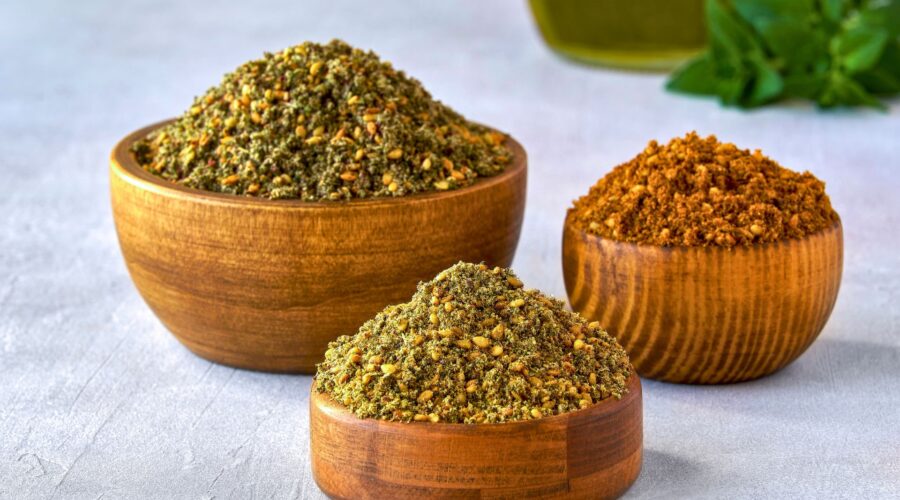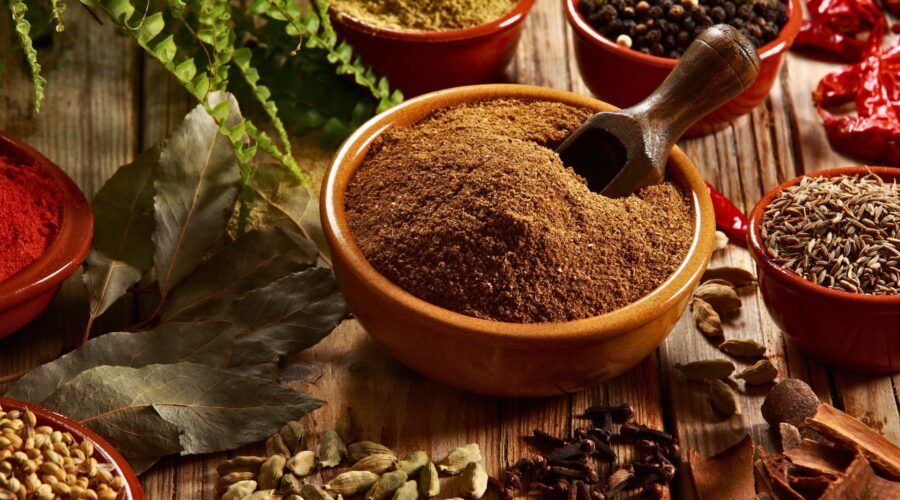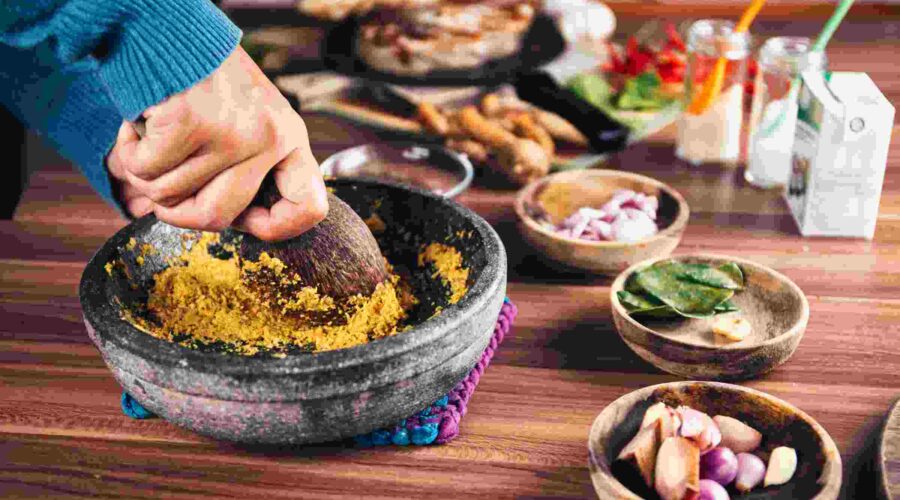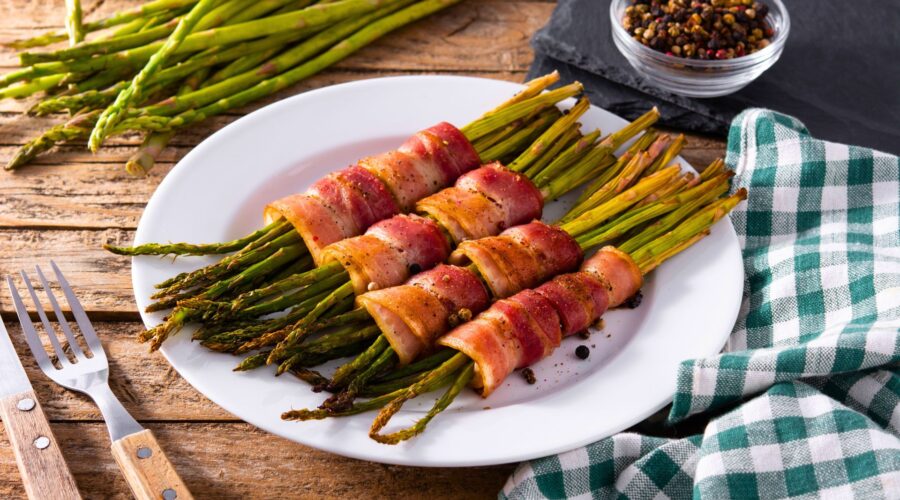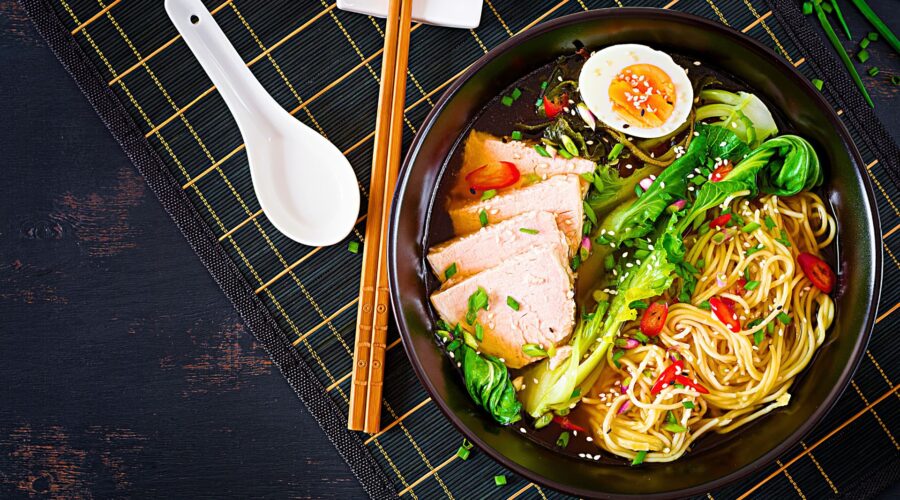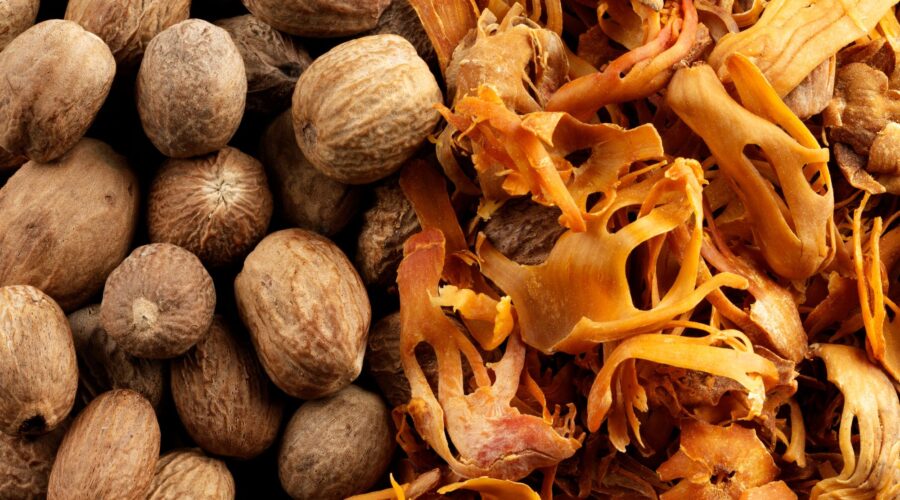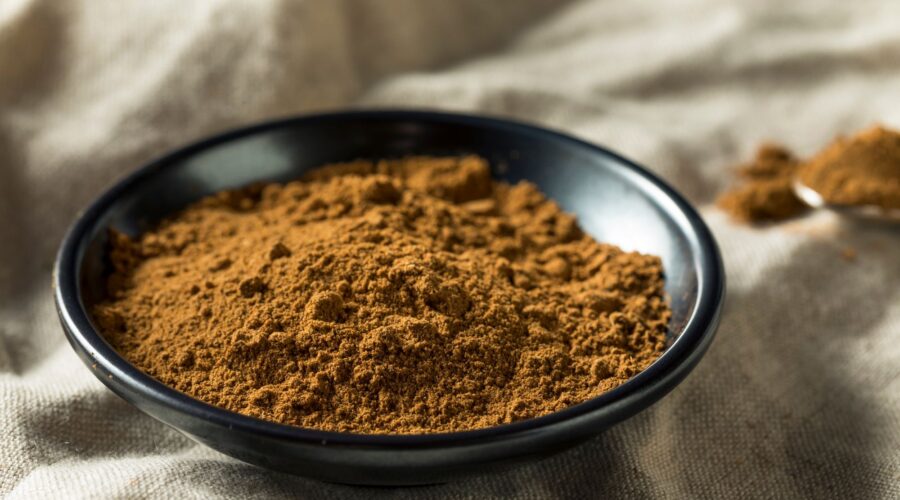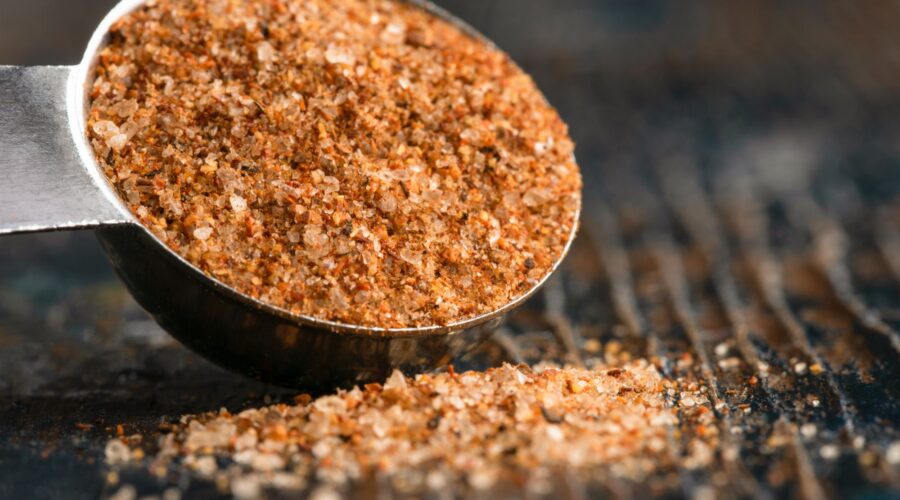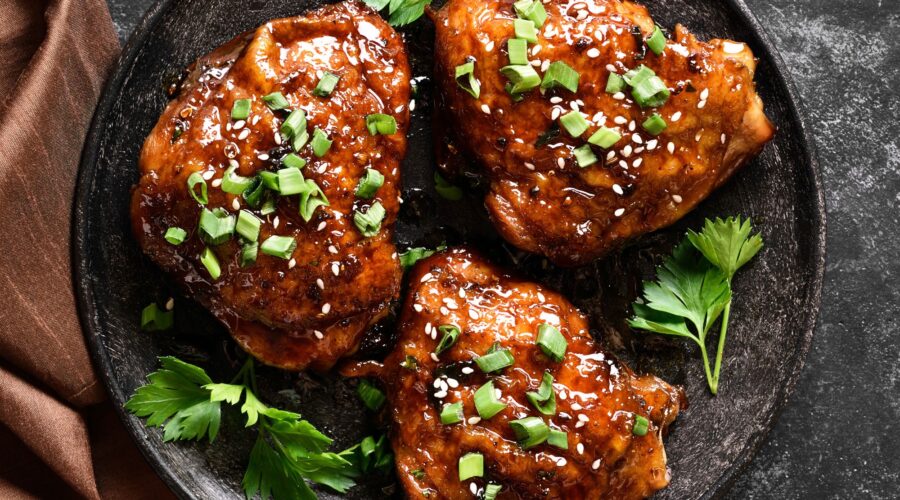Unusual Spices to Try: Sumac, Grains of Paradise, and More
The world is brimming with culinary possibilities, and spices are the unsung heroes that transform ordinary dishes into extraordinary feasts.…
15 Ways to Use Green Zahtar Into Your Cooking
Green zahtar (zaatar), a vibrant blend of dried herbs and spices, often features thyme, oregano, sumac, and marjoram, and sometimes…
Discover Indian Magic with Spice Station’s Garam Masala
Garam Masala, a staple in Indian kitchens, is a complex blend of ground spices that brings warmth, depth, and a…
Power Up Your Cooking With Five Global Spice Blends
The world of spices is vast and diverse, with each blend offering unique flavors. In this blog, we will compare…
Bacon-Wrapped Asparagus with a Spicy Twist
Asparagus often ranks low on the list of favorite vegetables, particularly among children, who may be put off by its…
Spices, Herbs and American Pizza
When it comes to comfort food in America, pizza is king. This cheesy, saucy, and crusty delight is as versatile…
Let’s Get Grilling: The Ultimate Guide to Epic Backyard Barbecues
Ah, the smell of sizzling meats, the sound of laughter filling the air, and the sight of friends and family…
Blazing Bowls: A Spicy Ramen Recipe
Ramen, a beloved staple of Japanese cuisine, has evolved into a global sensation, with home cooks constantly experimenting with new…
All About Mace: The Spice of Sweetness and Well-being
Mace is a spice that, despite its similarity to nutmeg, offers a distinct flavor and a host of benefits both…
A Closer Look At The Chinese Five Spice
Chinese Five Spice embodies the philosophy of balance and harmony that is central to Chinese culture. This iconic spice blend,…
Five Creative Ways to Use Cajun Spice
Cajun spice, with its robust blend of flavors, is a cornerstone of Southern American cooking, particularly in the state of…
Sweet And Spicy Chicken Thighs
If you’re looking for a dish that perfectly blends the rich flavors of sweetness with a kick of spice, then…
Unusual Spices to Try: Sumac, Grains of Paradise, and More
The world is brimming with culinary possibilities, and spices are the unsung heroes that transform ordinary dishes into extraordinary feasts.…
15 Ways to Use Green Zahtar Into Your Cooking
Green zahtar (zaatar), a vibrant blend of dried herbs and spices, often features thyme, oregano, sumac, and marjoram, and sometimes…
Discover Indian Magic with Spice Station’s Garam Masala
Garam Masala, a staple in Indian kitchens, is a complex blend of ground spices that brings warmth, depth, and a…
Power Up Your Cooking With Five Global Spice Blends
The world of spices is vast and diverse, with each blend offering unique flavors. In this blog, we will compare…
Bacon-Wrapped Asparagus with a Spicy Twist
Asparagus often ranks low on the list of favorite vegetables, particularly among children, who may be put off by its…
Spices, Herbs and American Pizza
When it comes to comfort food in America, pizza is king. This cheesy, saucy, and crusty delight is as versatile…
Let’s Get Grilling: The Ultimate Guide to Epic Backyard Barbecues
Ah, the smell of sizzling meats, the sound of laughter filling the air, and the sight of friends and family…
Blazing Bowls: A Spicy Ramen Recipe
Ramen, a beloved staple of Japanese cuisine, has evolved into a global sensation, with home cooks constantly experimenting with new…
All About Mace: The Spice of Sweetness and Well-being
Mace is a spice that, despite its similarity to nutmeg, offers a distinct flavor and a host of benefits both…
A Closer Look At The Chinese Five Spice
Chinese Five Spice embodies the philosophy of balance and harmony that is central to Chinese culture. This iconic spice blend,…
Five Creative Ways to Use Cajun Spice
Cajun spice, with its robust blend of flavors, is a cornerstone of Southern American cooking, particularly in the state of…
Sweet And Spicy Chicken Thighs
If you’re looking for a dish that perfectly blends the rich flavors of sweetness with a kick of spice, then…


